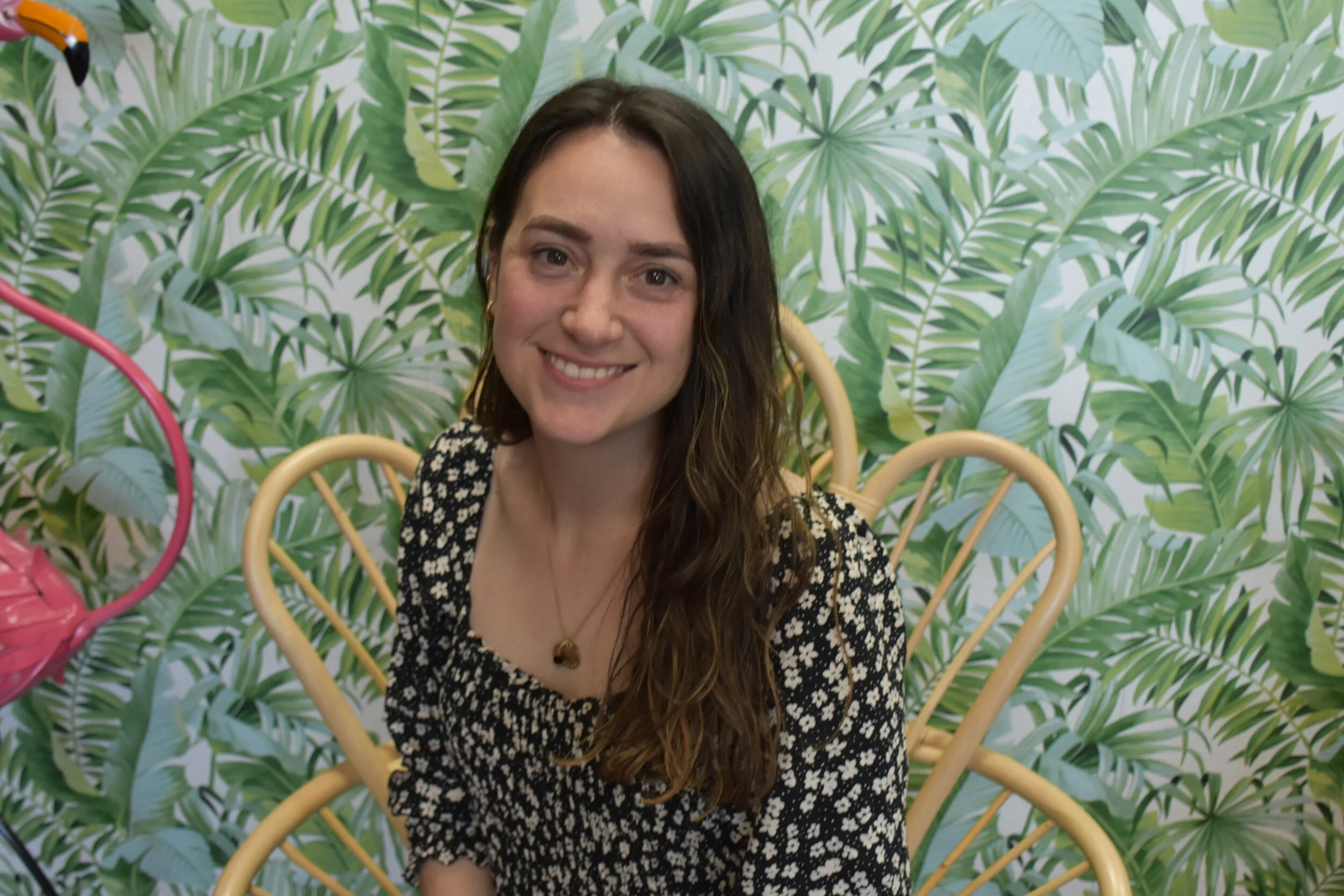no one told me about… diastasis recti
With the multitude of appointments that we have for pregnant people in the United States, I’m always shocked that most doctors don’t discuss diastasis recti or taking care of your pelvis. This post breaks down one way you might struggle with your physical recovery: diastasis recti.
what is diastasis recti?
It’s when the muscles in your abdominal walls (aka your abs) separate. While it doesn’t only happen to people who have babies, the stretching of your abdomen and the expansion of your uterus makes diastasis recti happen often to birthing people. After the walls separate, they don’t come back together. It can happen during pregnancy or postpartum.
who is at risk?
Anyone can experience it, but birthing people are at higher risk if they’re petite, pregnant with multiples, or have low abdominal tone.
how can you prevent it?
When pregnant, instead of sitting straight up, roll to the side and use your arms to push yourself up. Stay (relatively) active with low impact exercise. Also, be careful when lifting things. Finally, see a pelvic floor PT or chiropractor throughout pregnancy.
how do you know if you have diastasis recti?
Symptoms of it include incontinence, pain during sex, back or stomach weakness; your stomach might also still appear very pregnant postpartum. You can also do a self-examination: get on the floor on your back with your knees up; place your fingers in the middle of your stomach, and if you feel a large gap (about two fingers,) you might have it.
But, you shouldn’t wait until you have these symptoms to get help. I recommend seeing a pelvic floor specialist before your baby is born and after, even before your six-week appointment.
Hi! I'm Gigi; I'm a postpartum doula, mother to three toddlers, including twins, and a wife to my high school sweetheart. I’m a #swiftie who loves cheesy novels.
As a former teacher, I bring realistic, evidence-based, and actionable advice (and LOTS of handouts.) I help families get the tools they need to prepare, so once baby arrives, they can focus on resting and bonding instead of researching or stressing. I’m here to streamline the newborn learning curve and help birth parents, partners, and other family members. There isn’t ONE way to have and raise a little human. I’m here to guide parents to find THEIR way so that they can thrive in the fourth trimester and beyond.
Ready to learn how to create an actionable postpartum plan?
Ready to get the support you need in the fourth trimester?
Then learn about my prenatal planning services here!



